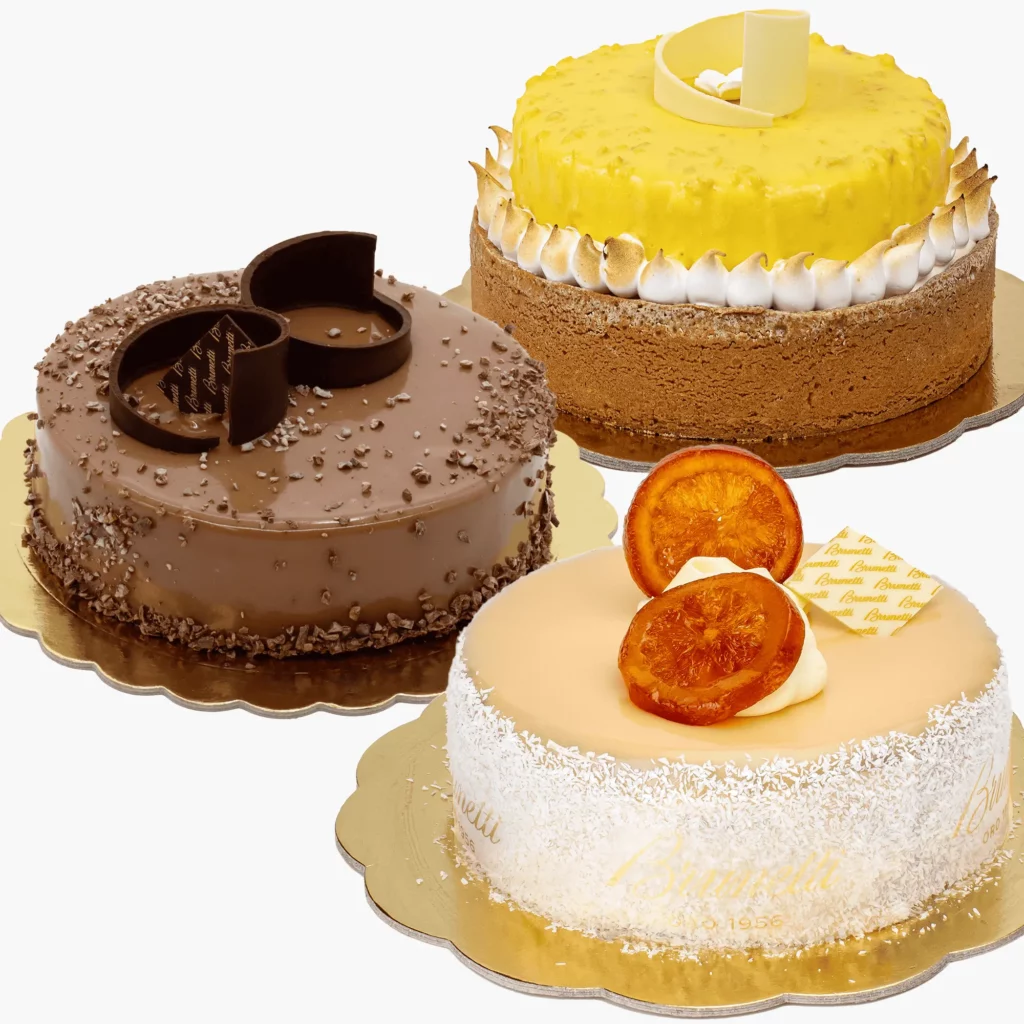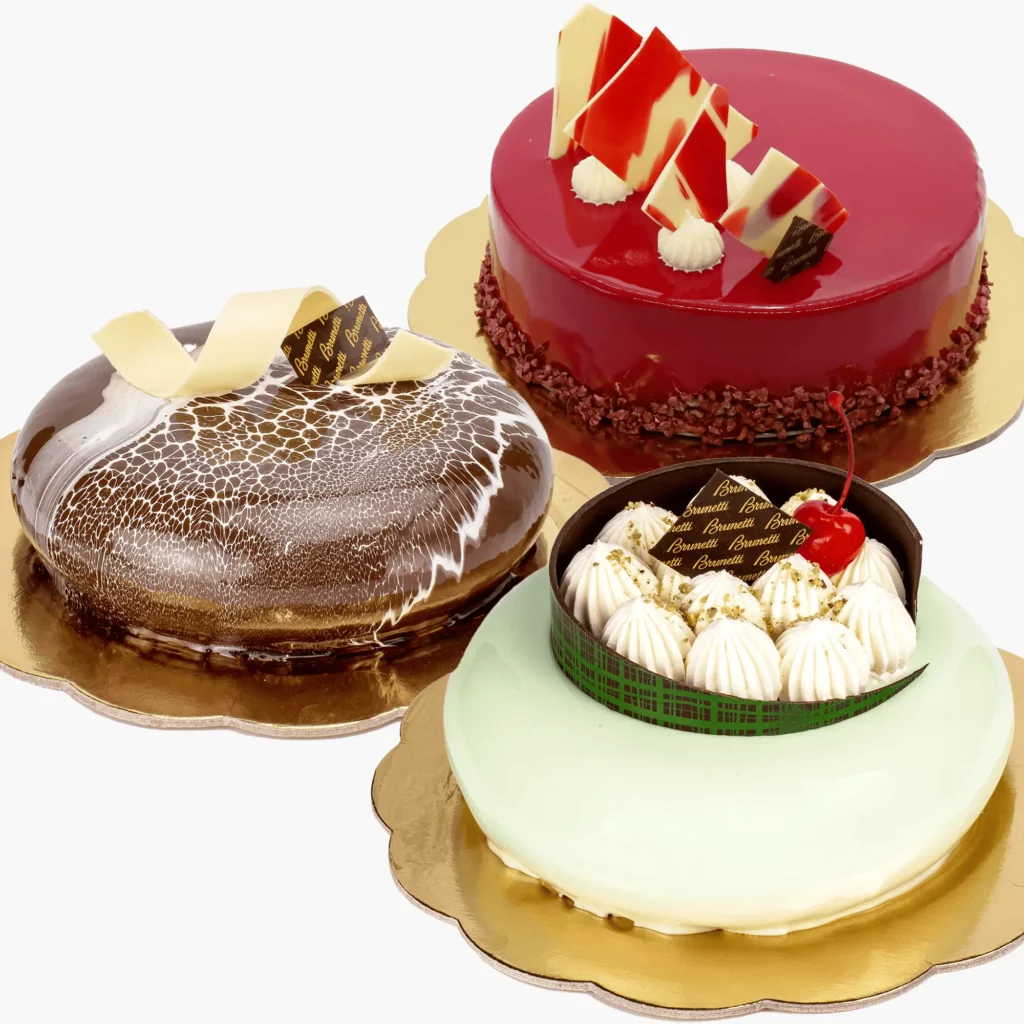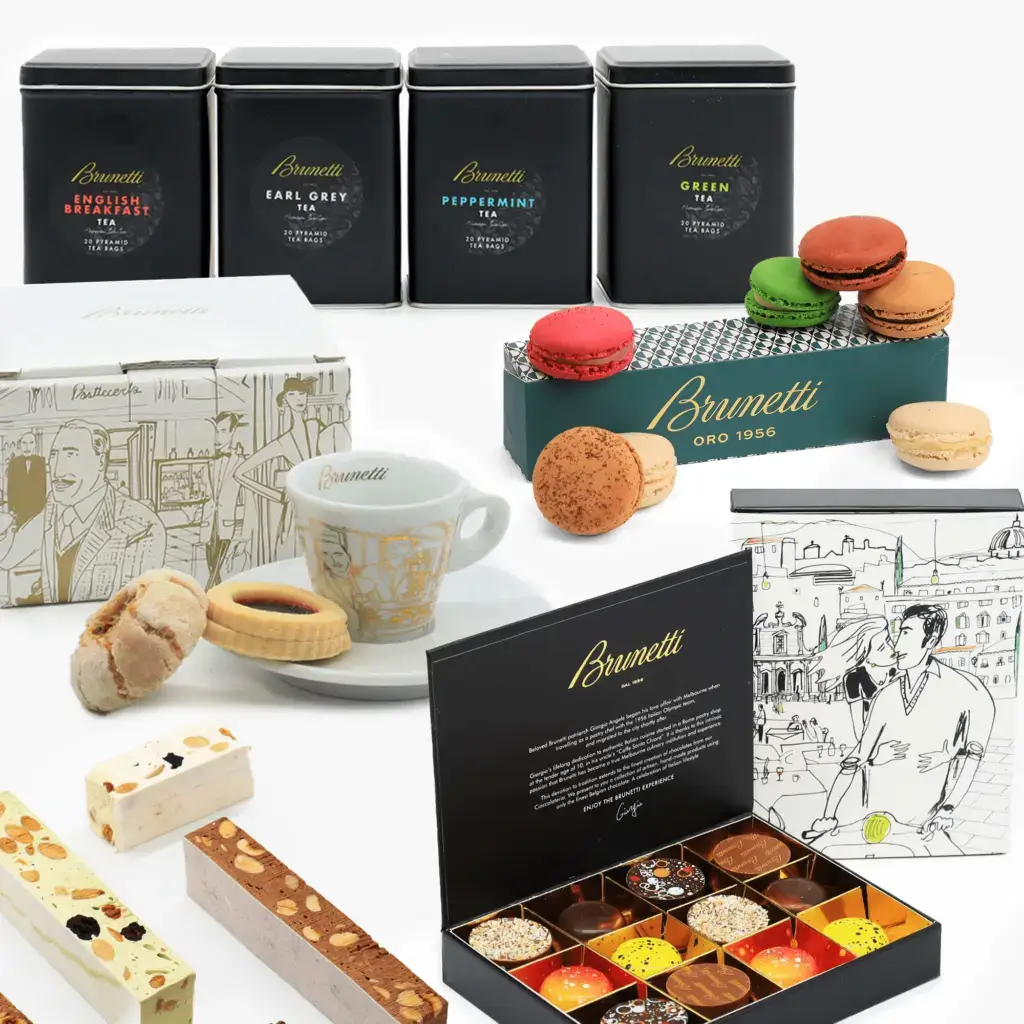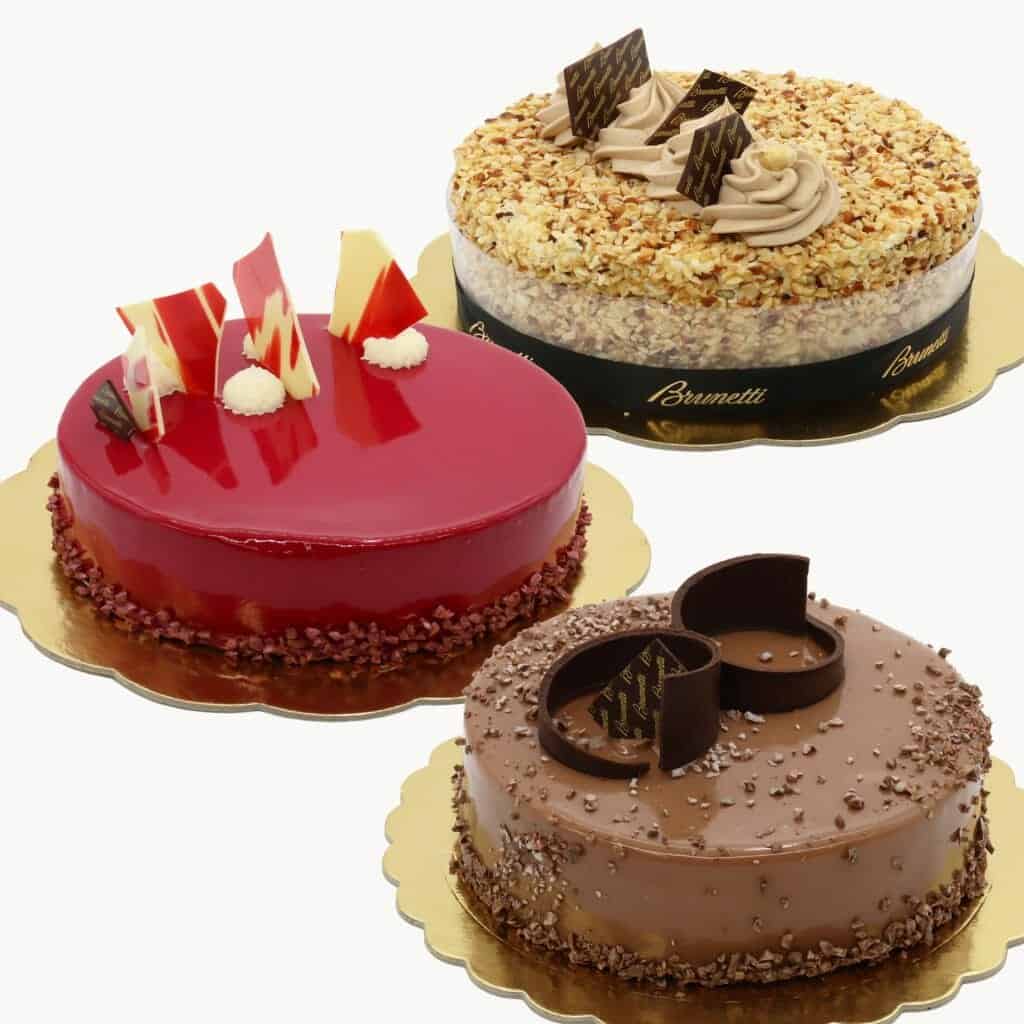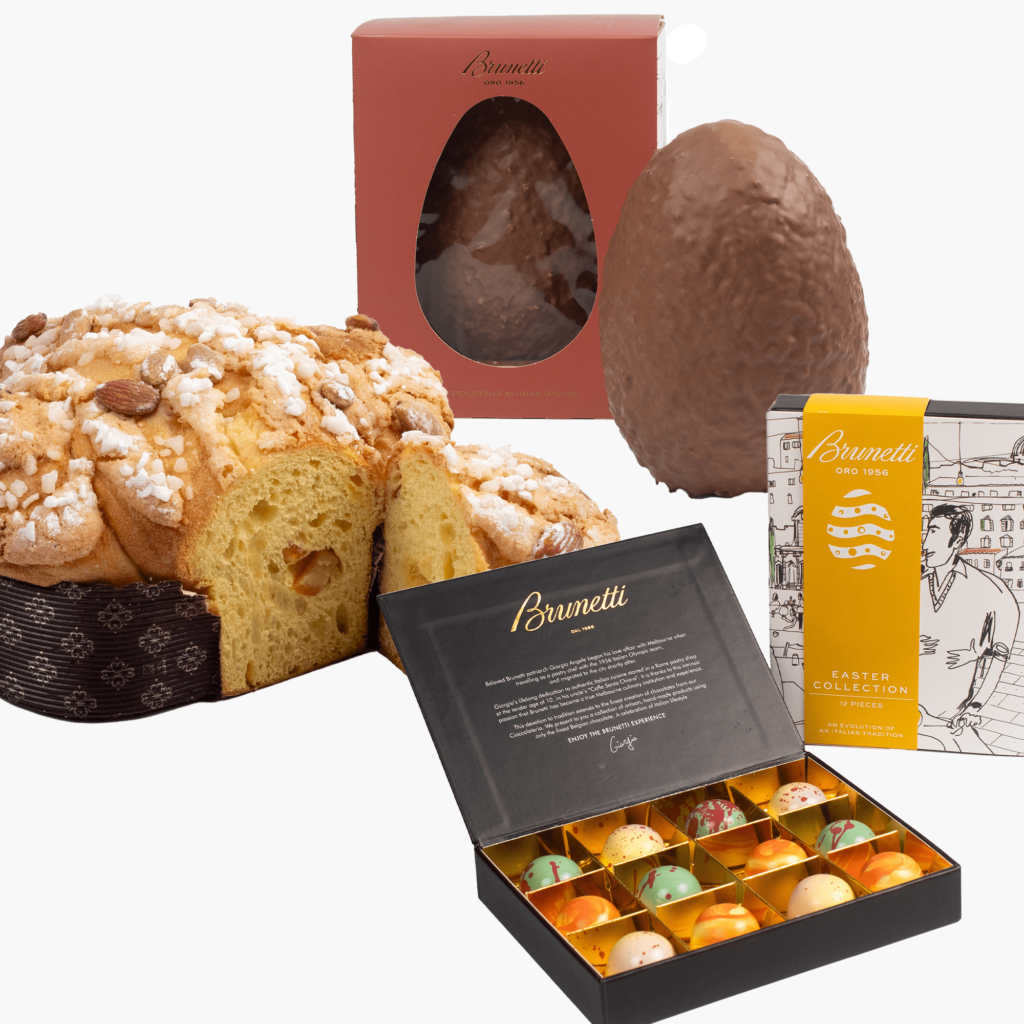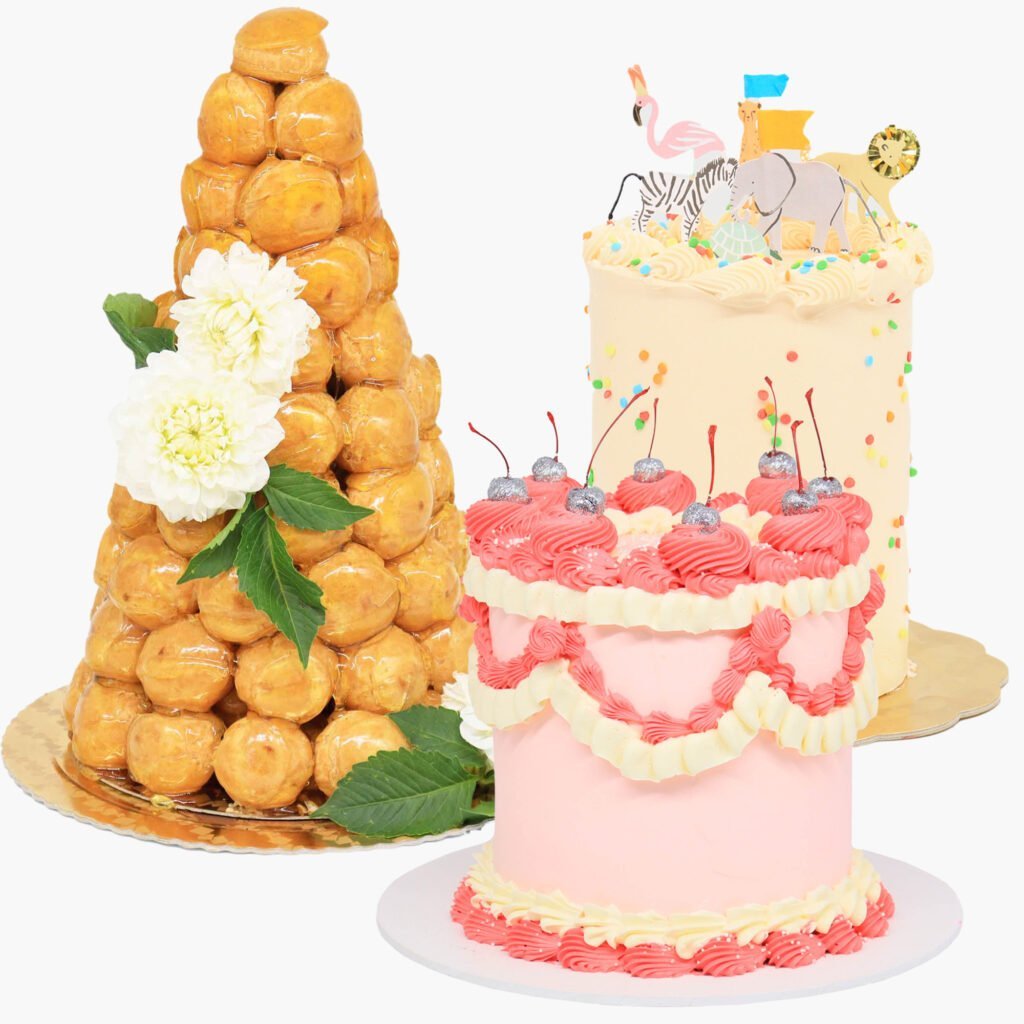Cheesecake is one of the best-known and most beloved desserts worldwide. Its cream texture and rich, tangy flavour have delighted palates across centuries and continents.
From its early days in ancient Greece, where it was considered a nourishing food, to its transformation in medieval Europe and eventual rise as a staple in American cuisine, the history of cheesecake is as layered and complex as the dessert itself.
What is a Cheesecake?
Though there are many variations, a traditional cheesecake is generally composed of a mixture of soft cheeses, eggs, and sugar, set on a crust, usually made from crushed graham crackers, cookies, or even sponge cake. The combination is baked or chilled to achieve a smooth, dense texture.
Cheesecakes come in a variety of styles and flavours, with variations including:
- New York style
- Japanese style
- Italian style
- Basque
- No-bake
The toppings can range from fresh fruit and fruit compotes to chocolate, caramel, or nuts. Cheesecake’s versatility allows it to be adapted to numerous flavours and ingredients, making it a popular and customisable dessert.
History of Cheesecake
How did this simple combination of cheese, eggs, and sweeteners become one of the world’s most cherished confections? It turns out cheesecake has been a popular dessert since ancient times.
Ancient Greece and Rome
The origins of cheesecake can be traced back to ancient Greece. The earliest known references to a cheesecake-like dessert appeared around 2000 BC when the Greeks created a sweet treat using a combination of cheese, honey, and flour. The Greek physician Aegimus even wrote a book on the art of making cheesecakes, highlighting their popularity.
The Romans adopted and adapted the Greek cheesecake recipe. They used similar ingredients but also experimented with various additions, such as eggs and different types of cheeses. Roman author and gourmet Apicius mentioned a form of cheesecake in his writings, reflecting its significance in Roman cuisine.
Medieval Europe
Cheesecake recipes travelled with the Romans to medieval Europe, where they became a popular dish in England and France. The crust, which became more common in later centuries, often consisted of crushed nuts or bread crumbs. The Middle Ages saw cheesecakes becoming more refined with the use of sugar and spices, making them a staple at feasts and banquets.
The New World
In 1872, American dairyman William Lawrence accidentally invented cream cheese while trying to replicate a French cheese. This new cheese became a cornerstone in American cheesecake recipes.
In the early 20th century, cheesecake found its modern identity in the United States. During this time, New York-style cheesecake emerged, characterised by its dense and creamy texture. This style became popular due to the use of cream cheese and a simple graham cracker crust. New York-style cheesecake became iconic, influencing many other variations of the dessert.
What Goes Into Making a Cheesecake?
Making a cheesecake involves preparing the crust, mixing the filling ingredients, baking it, and then allowing it to chill and set.
Crust
- Ingredients — Typically made from crushed graham crackers or cookies (Oreos are a popular choice), sugar, and melted butter.
- Preparation — The crushed crumbs are mixed with sugar and butter, then pressed into the bottom of a pan to form a base. It can be baked briefly to set.
Filling
- Cream Cheese — The primary ingredient, providing a creamy texture and flavour. It should be softened to blend smoothly.
- Sugar — Sweetens the filling and balances the tanginess of the cream cheese.
- Eggs — Bind the filling together and help it set.
- Sour Cream or Heavy Cream — Adds richness and helps achieve a smooth, creamy consistency. Sour cream also adds a slight tang.
- Vanilla Extract — Enhances the overall flavour of the cheesecake.
- Additional Flavourings (Optional) — Ingredients like lemon juice, cocoa powder, or fruit purees can be added to create different flavours.
Toppings
- Toppings are optional, but some common ones include fruit sauces, berries, or fruit slices. Chocolate and caramel sauces are also popular, and nuts or whipped cream can be added for additional texture and flavours.
Baking and/or Chilling
- Baking — Most cheesecakes are baked in a water bath, also called a bain-marie, a technique in which the cheesecake is placed in a larger pan filled with hot water and baked in the oven. This helps provide gentle, even heat and prevents cracks from forming.
- Chilling — After baking, the cheesecake needs to cool and set in the refrigerator for several hours or overnight to help it firm up and enhance flavour. Some cheesecakes do not require baking and only need time to set in the refrigerator.
Cheesecake Variations
Cheesecakes are incredibly versatile and come in a wide range of variations to suit different tastes and preferences. Some of the most common types include:
New York Style
This classic version of a cheesecake is dense, creamy, and rich with a smooth texture. The recipe typically uses cream cheese, eggs, sugar, and a graham cracker crust. New York-style cheesecake is either served plain or topped with fruits such as raspberries.
Japanese Cheesecake
Japanese-style cheesecake is well known for its “fluffy” and tall appearance, which is due to the inclusion of beaten egg whites. Like its appearance, it is light, fluffy, and airy. It is usually served plain or with a dusting of powdered sugar.
Italian Style
Italian-style cheesecake is generally lighter and made with ricotta cheese instead of cream cheese. It is typically served with fresh fruit or a light fruit glaze.
Basque Cheesecake
Basque cheesecake, also known as “burnt cheesecake,” is a distinctive style originating from the Basque Country in Spain. The most notable feature of Basque cheesecake is its dark, almost burnt exterior, which results from baking at a high temperature.
The surface is typically uneven and cracked, giving it a rustic look. The burnt crust’s caramelised, slightly smoky flavour complements the rich, tangy cream cheese filling.
Craving Cheesecake? Brunetti Oro’s Got You Covered
If you’re planning a special event or celebration and want to impress your guests with an extraordinary dessert, look no further than Brunetti Oro’s delectable cheesecakes. With a commitment to quality and a range of delicious flavours, our cheesecakes are crafted to perfection, ensuring an unforgettable culinary experience.
You can conveniently place your order online and have it delivered right to your door. Don’t miss the opportunity to elevate your gathering with a sumptuous cheesecake from Brunetti Oro.
Contact us today to place your order and make your occasion truly memorable.

